| The Origin and Nature of the Emotions: Miscellaneous Papers | ||
A MECHANISTIC THEORY OF DISEASE[1]
The human body is an elaborate mechanism equipped first for such conflict with environment as will tend to the preservation of the individual, and second for the propagation of the species, both of these functions, when most efficiently carried out, tending to the upbuilding and perfection of the race. From the date of Harvey's discovery of the circulation of the blood, to the present day, the human body has been constantly compared to a machine, but the time for analogy and comparison is past. I postulate that the body is itself a mechanism responding in every part to the adequate stimuli given it from without by the environment of the present and from within by the environment of the past, the memory of which is stored in the central battery of the mechanism—the brain.
* * * * * * * * * * *
* * * * * * * * * * *
If the full history of the species and of the individual could be known in every detail, then every detail of that individual's conduct in health and disease could be predicted. Reaction to environment is the basis of conduct, of moral standards, of manners and conventions, of work and play, of love and hate,
On this basis we may see that the activities of life depend upon the ability of the parts of the body mechanism to respond adequately to adequate stimulation. This postulate applies not only to stimuli from visible forces, but to those received by the invasion of the micro-bodies which cause pyogenic or non-pyogenic infections. In the case of dangerous assaults by visible or invisible enemies, the brain, through the nerves and all parts of the motor mechanism, meets the attack by attempts at adaptation. Recovery, invalidism, and death depend upon the degree of success with which the attacking or invading enemies are met. Questions regarding disease become, therefore, questions in adaptation, and it is possible that, when studied in the light of this conception, the key to many hitherto unsolved physical problems may be found.
Perhaps no more convincing proof of our thesis may be secured than by a study of that ever-present phenomenon—pain. In whatever part of the body and by whatever apparent cause pain is produced, we find that it is invariably a stimulation to motor activity—whose ultimate object is protection. Thus by the muscular action resulting from pain we are protected against heat and cold; against too powerful light; against local anemia caused by prolonged pressure upon any portion of the body. So, too, pain of greater or less intensity compels the required emptying of
It should be noted that in every instance the muscular activity resulting from pain is specific in its type, its distribution, and its intensity, this specificity being true not only of pain which is the result of external stimulation, but also of the pain associated with certain types of infection.
* * * * * * * * * * *
* * * * * * * * * * *
Pain, however, is not the only symptom of the invasion of the body by pyogenic or parasitic organisms. Fever, invariably, and chills, often, accompany the course of the infections. Can these phenomena also be explained as adaptations of the motor mechanism for the good of the individual?
As the phenomena of chills and fever are most strikingly exhibited in malaria, let us study the course of events in that disease. It is known that the malarial parasite develops in the red blood-corpuscles, and that the chills and fever appear when the cycle of parasitic development is complete and the adults are ready to escape from the corpuscles of the blood plasma. Bass, of New Orleans, has proved that the favorable temperature for the growth of the malarial organism is 98°, and that at 102° the adult organisms will be killed, though the latter temperature is not fatal to the spores. The adult life of the malarial parasite begins after its escape into the blood plasma, and it is there that the organism is most susceptible to high temperature. We must infer, therefore, that the fever is an adaptation on the part of the host for despatching the enemy.
What, then, may be the protective part played by the
It must be remembered that this power of adaptation is not peculiar to man alone, but that it is a quality shared by all living creatures. While the human body has been adapting itself for self-protection by producing a febrile reaction whereby to kill the invading organisms, the invaders on their side have been adapting themselves for a life struggle within the body of the host. In these mortal conflicts between invaders and host, therefore, the issue is often in doubt, and sometimes one and sometimes the other will emerge victorious.
We must believe that a similar adaptive response exists in all parasitic infections—the cycles varying according to the stages in the development of the invaders. If the bacteria develop continuously, the fever is constant instead of intermittent, since the adequate stimulus is constantly present.
Bacteriology has taught us that both heat and cold are fatal to pathogenic infections; for this reason either of the apparently contradictory methods of treatment may help, i. e., either hot or cold applications. It should be borne in mind, however, that we have to deal not only with the adult organisms, but with the spores also. The application of cold may keep the spores from developing, while heat may promote their development, and the course of the disease may vary, therefore, according to our choice of treatment.
From this viewpoint, we can understand the intermittent temperature in a patient who is convalescing from an extreme infection, as peritonitis, pylephlebitis, multiple abscess of the liver, etc. In these conditions there may occur days of normal temperature, followed by an abrupt rise which will last for several days—this in turn succeeded by another remittance. This cycle may be repeated several times, and on our hypothesis we may believe it is caused by the successive development to maturity of spores of varying ages.
If these premises are sound, the wisdom of reducing the temperature in case of infection may well be questioned.
On this mechanistic basis the emotions also may be explained as activations of the entire motor mechanism for fighting, for escaping, for copulating.
* * * * * * * * * * *
* * * * * * * * * * *
The emotions, then, are the preparation for phylogenetic activities (Fig. 48). If the activities were consummated, the fuel—glycogen—and the activating secretions from the thyroid, the adrenals, the hypophysis, would be consumed. In the activation without action these products must be eliminated as waste products and so a heavy strain is put upon the organs of elimination. It is obvious that the body under emotion might be clarified by active muscular exercise, but the subject of the emotion is so strongly integrated thereby that it is difficult for him to engage in diverting, clarifying exertion.
* * * * * * * * * * *
* * * * * * * * * * *
So, as we have indicated already, certain deleterious effects
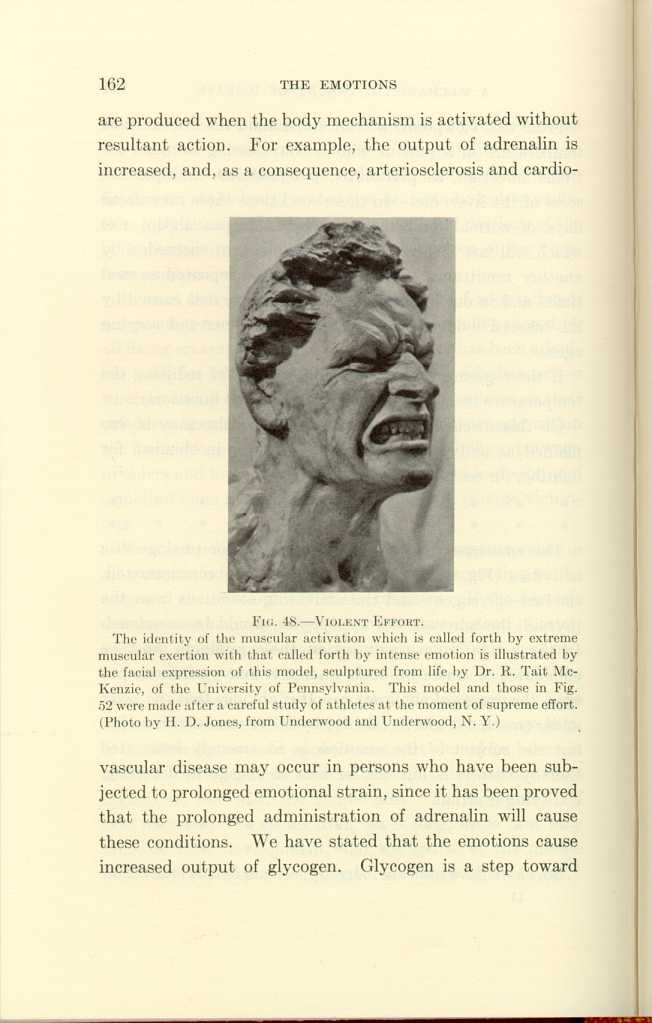
FIG. 48.—VIOLENT EFFORT.[a]
[Description: Black-and-white photograph of a sculpture depicting a man's face under extreme physical exertion.]The emotions may cause an inhibition of the digestive secretions and of intestinal peristalsis. This means that the digestive processes are arrested, that putrefaction and autointoxication will result, and that still further strain will thus be put upon the organs of elimination. Who has not observed in himself and in others when under the influence of fear, anger, jealousy, or grief that the digestive processes and general well-being are rapidly and materially altered; while as tranquillity, peace, and happiness return the physical state improves accordingly?
Dentists testify that as a result of continued strong emotion the character of the saliva changes, pyorrhea develops, and the teeth decay rapidly. Every one knows that strong emotion may cause the hair to fall out and to become prematurely gray.
As to the most important organ of all—the brain—every one is conscious of its impaired efficiency under emotional strain, and laboratory researches show that the deficiency is accounted for by actual cell deterioration; so the individual
If in a long emotional strain the brain is beaten down; if the number of "low-efficiency" cells increases, the driving power of the brain is correspondingly lessened and therefore the various organs of the body may escape through the very inefficiency of the brain to produce in them forced activity. On the other hand, if the brain remains vigorous, the kidneys may take the strain and break down; if the kidneys do not break, the blood-vessels may harden; if the blood-vessels are not affected, the thyroid may become hyperplastic and produce Graves' disease; if the thyroid escapes, diabetes may develop; while if the iron constitution of the mechanism can successfully bear the strain in all its parts, then the individual will break his competitors, and their mechanisms will suffer in the struggle.
This whole train of deleterious results of body activation without action may be best observed and studied in that most emotional of diseases—exophthalmic goiter. In this disease the constantly stimulated distance ceptors dispossess the contact ceptors from the common path, and drive the motor mechanism to its own destruction, and the patient has the appearance of a person in great terror, or of a runner approaching the end of a Marathon race (Figs. 16 and 48 to 54).
Exophthalmic goiter may result from long emotional or
We know that a deficiency or lack of thyroid secretion
will inhibit sexual emotion and conception, will produce
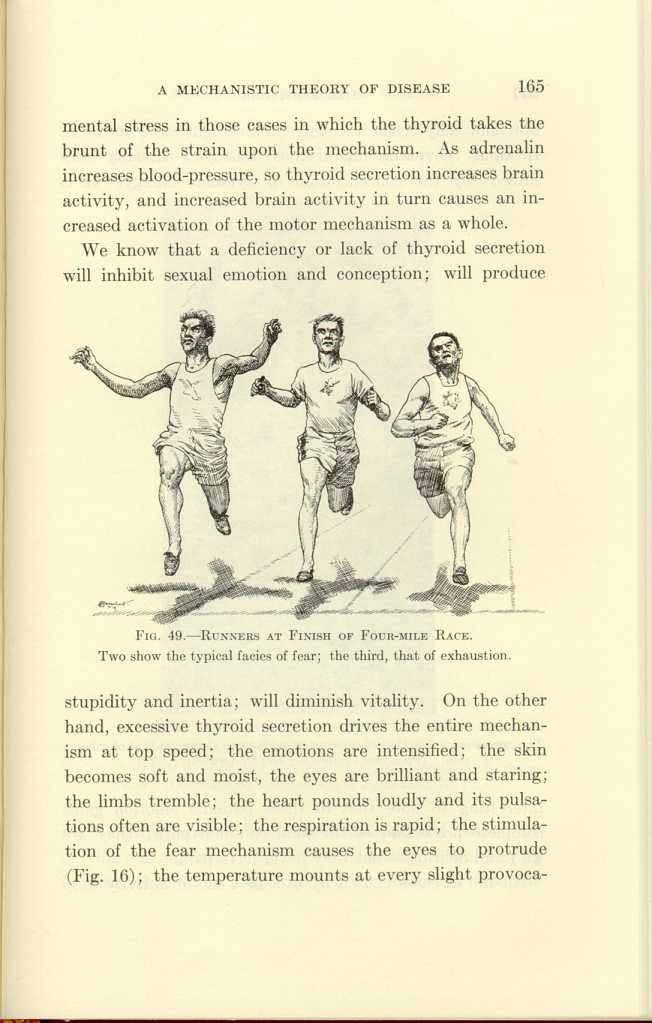
FIG. 49.—RUNNERS AT FINISH OF FOUR-MILE RACE.
[Description: Black-and-white illustration of three men finishing a
foot-race.]
Two show the typical facies of fear; the third, that of exhaustion.
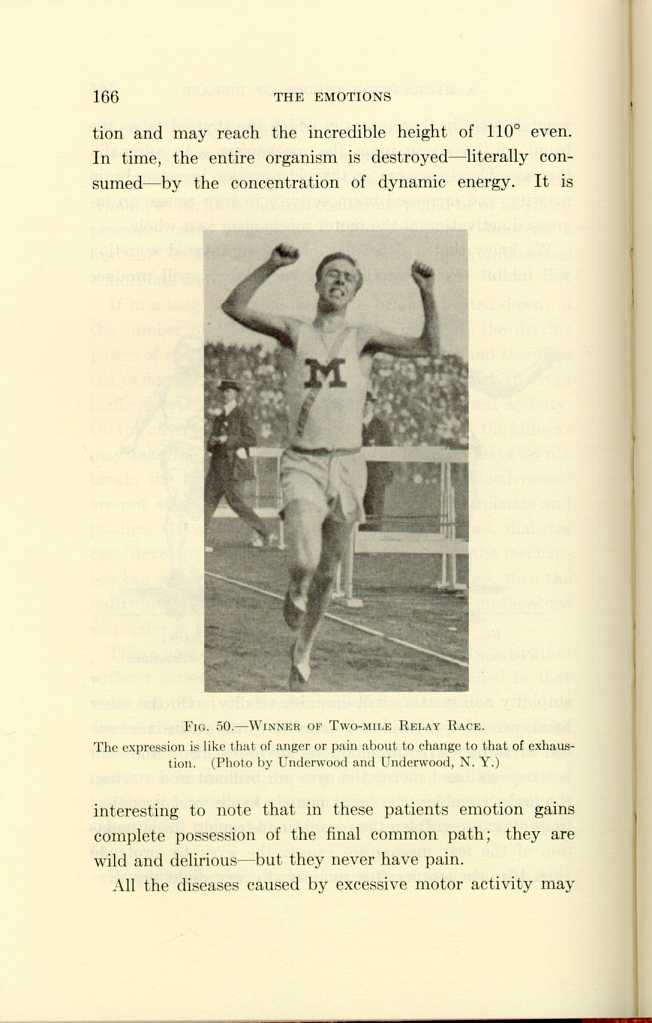
FIG. 50.—WINNER OF TWO-MILE RELAY RACE.
The expression is like that of anger or pain about to change to that of
exhaustion. (Photo by Underwood and Underwood, N. Y.)
[Description: Black-and-white photograph of a man finishing a foot-race.]
All the diseases caused by excessive motor activity may
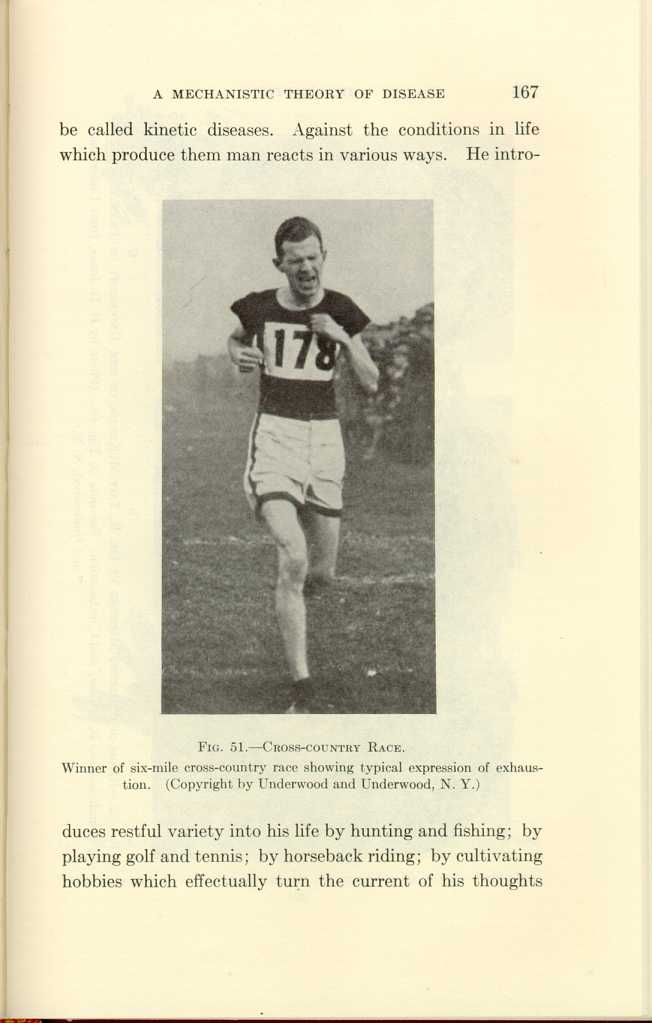
FIG. 51.—CROSS-COUNTRY RACE. Winner of six-mile cross-country race showing typical expression of exhaustion. (Copyright by Underwood and Underwood, N. Y.)
[Description: Black-and-white photograph of a man finishing a foot-race.]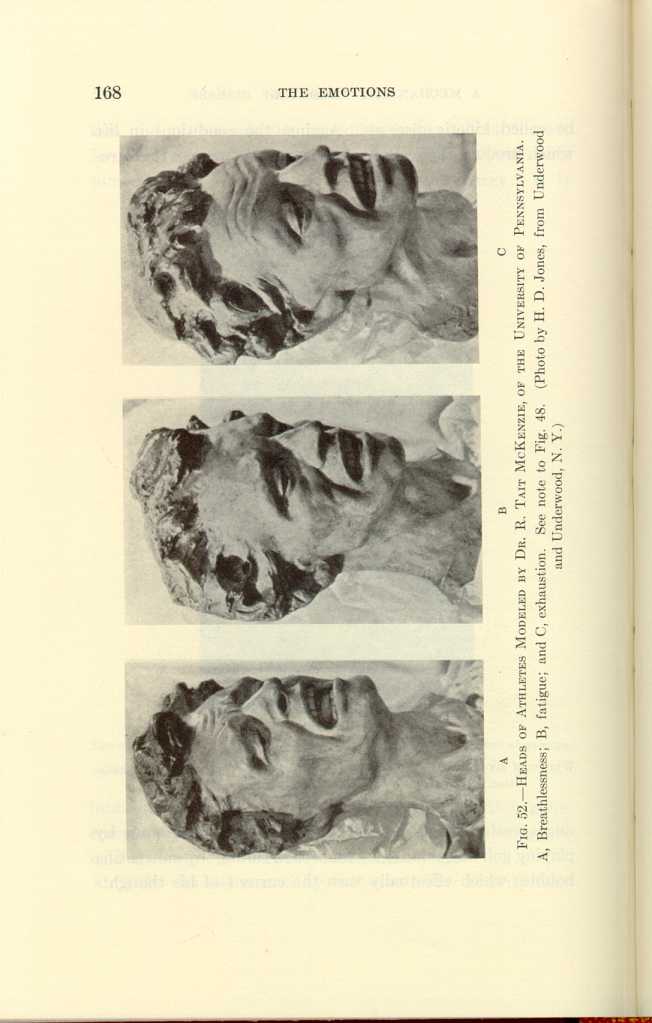
FIG. 52.—HEADS OF ATHLETES MODELED BY DR. R. TAIT MCKENZIE, OF
THE UNIVERSITY OF PENNSYLVANIA.
A, Breathlessness; B, fatigue; and C, exhaustion. See
note to Fig. 48. (Photo by H.D. Jones, from
Underwood and Underwood, N.Y.)
[Description: Black-and-white photographs of three sculptures depicting a
man's facial expression under conditions of breathlessness, fatigue,
exhaustion.]

FIG. 53—A CLASSIC CONCEPTION OF FATIQUE—PHIDIPPIDES, THE FIRST
MARATHON RUNNER.
"Athens is saved!"—Phidippides dies in the shout for his
meed.—Browning.
[Description: Black-and-white illustration of a sculpture depicting and
exhausted runner: one hand holding side, one arm upraised.]
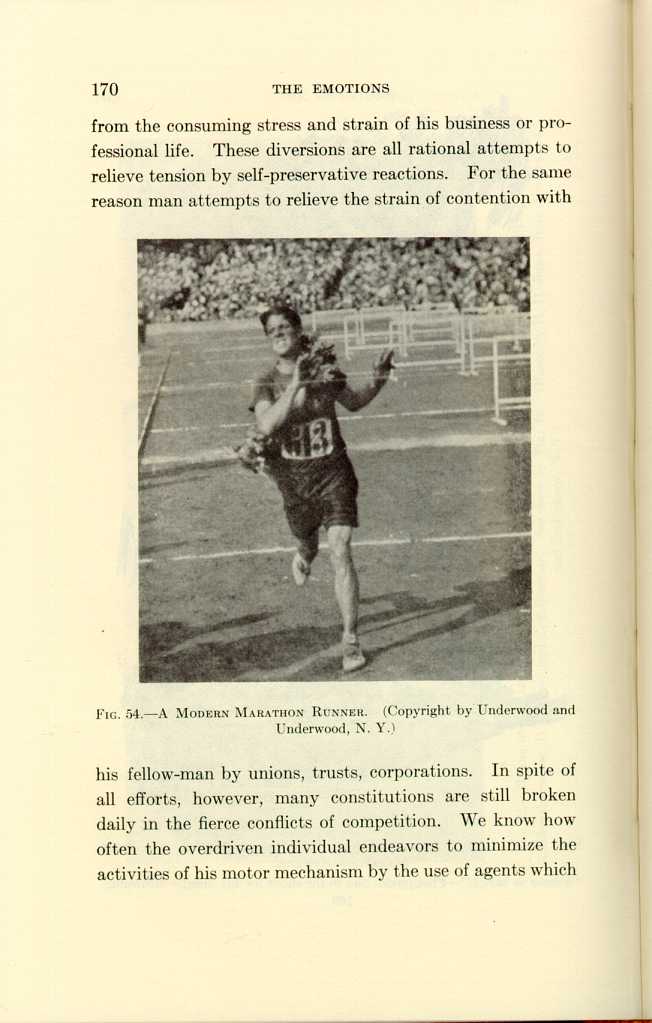
FIG. 54.—A MODERN MARATHON RUNNER. (Copyright by Underwood and Underwood, N. Y.)
[Description: Black-and-white photograph of a man finishing a foot-race.]Most fortunately, two fundamental instincts—self-preservation and the propagation of the species—act powerfully to prevent this last fatal result, and instead the harassed individual seeks from others the aid which is lacking within himself. He may turn to the priest who seeks and often secures the final common path for faith in an over-ruling Providence, a faith which in many incontrovertible instances has proved sufficient in very truth to move mountains of lesser stimuli; or he turns to a physician, who too often treats the final outcome of the hyperactivity only. The physician who accepts the theory of the kinetic diseases, however, will not only repair as far as he may the lesions caused by the disordered and forced activities, but will, by compelling and forceful suggestion, secure the final common path for right conduct, that is, for a self-and species-preservative course of action as opposed to wrong conduct-a self-and species-destructive course of action.
By forcefully imparting to his patient the knowledge of the far-reaching effects of protracted emotional strain, of overwork, and of worry, the physician will automatically raise his threshold to the damaging activating stimuli which have produced the evil results. Even though some parts of his organism may have been permanently disabled, a patient thus protected may yet rise to a plane of poise and efficiency far above that of his uncontrolled fellows.
In extreme cases it does not seem unreasonable to believe that the uncontrolled patient might be rescued by the same
Under this hypothesis, that man in disease, as in health, is the product of his phylogeny as well as of ontogeny, the sphere of the physician's activities takes on new aspects of far-reaching and inspiring significance. Prognosis will become definite in proportion to the physician's knowledge not only of the ontogenetic history of the individual patient, but also of the phylogenetic history of the race. As that knowledge increases, as he appreciates more and more keenly the significance of environment in its effect upon individual development, in so far will the physician be in a position to contribute mightily to the welfare of the race.
Oration in Surgery. Delivered at the 147th Annual
Meeting of the Medical Society of New Jersey, at Spring Lake, N. J.,
June 11, 1913.
In this address the paragraphs which were taken from the preceding paper,
"A Mechanistic View of Psychology," have been omitted, those portions only
being republished in which the premises have been applied in a discussion of
certain medical problems rather than of psychological problems.
The identity of the muscular activation which is called forth by extreme muscular exertion with that called forth by intense emotion is illustrated by the facial expression of this model, sculptured from life by Dr. R. Tait McKenzie, of the University of Pennsylvania. This model and those in Fig. 52 were made after a careful study of athletes at the moment of supreme effort. (Photo by H. D. Jones, from Underwood and Underwood, N. Y.)
| The Origin and Nature of the Emotions: Miscellaneous Papers | ||